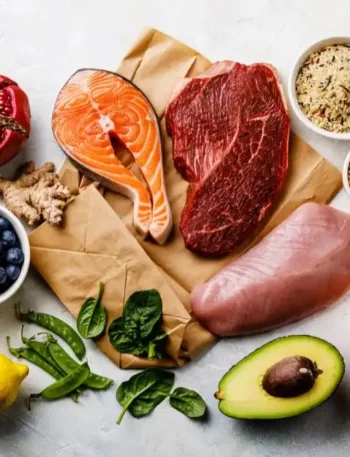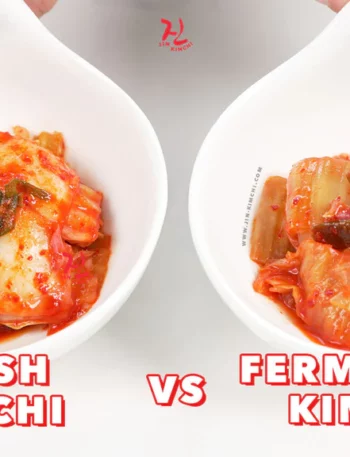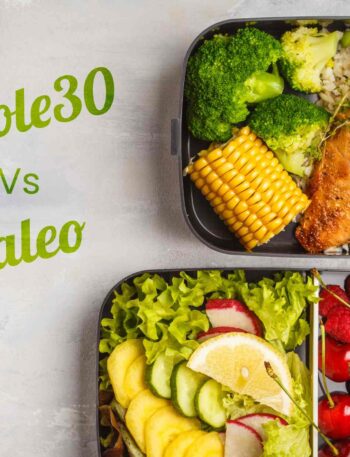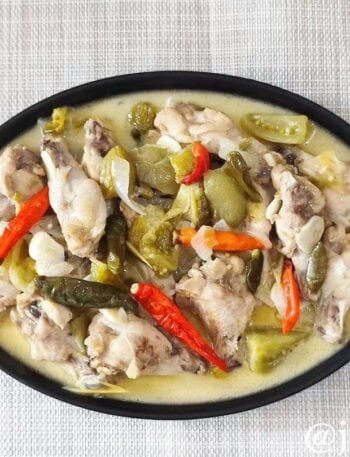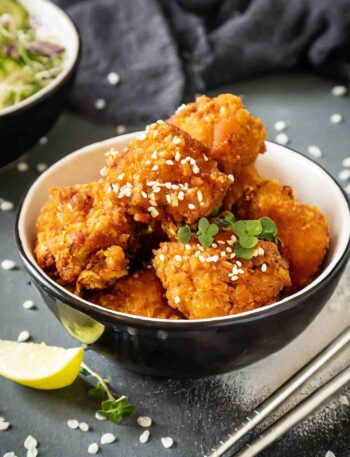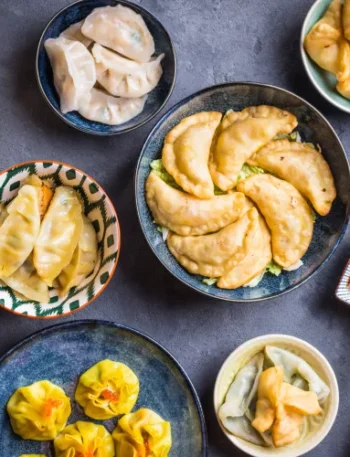
Food is often considered one of the most intimate expressions of culture. From the ingredients selected to the methods of preparation and even the way food is enjoyed, cuisine speaks volumes about a community’s history, beliefs, and way of life.
When we explore the culinary traditions of different cultures, we’re not just discovering new flavors; we’re also getting a glimpse into the values, practices, and stories of the people who created them.
Cuisine is more than sustenance. It’s a vital part of a community’s identity, a form of art, and a cultural legacy. In an increasingly globalized world where food from all corners of the earth is easily accessible, understanding the cultural roots of the dishes we enjoy can bring a sense of respect and connectedness to our culinary explorations.
Here’s a look at how food is intricately tied to identity and why cuisine remains a cornerstone of cultural heritage.
Food as a Mirror of Cultural Values
- Food Reflects History and Beliefs
Each region has its unique ingredients and cooking techniques that tell stories of its climate, geography, and historical trade relationships. For instance, Mediterranean cuisine, which emphasizes olive oil, herbs, and seafood, reflects a long history of trading along the Mediterranean Sea, as well as a climate that supports these foods. Meanwhile, the use of spices in Indian cuisine speaks to India’s rich history of spice trading and the cultural significance of strong, complex flavors in local diets. - Symbolism in Ingredients and Rituals
Food often holds symbolic meaning. In many East Asian cultures, certain foods are prepared to symbolize good fortune or longevity, especially during celebrations. In Japan, mochi (a rice cake) is often eaten at New Year’s as a symbol of prosperity, and in China, the round shape of dumplings represents wholeness and family unity. Many religious customs also include specific dietary guidelines that underscore the faith’s values. For example, Jewish kosher laws or Islamic halal practices aren’t only about what’s allowed to eat but are expressions of reverence and discipline within the faith.
“Food is symbolic of love when words are inadequate.” — Alan D. Wolfelt, Grief Counselor
Through food, people express and celebrate their beliefs and values, making it a profound form of cultural communication.
The Role of Cuisine in Social Identity and Group Belonging
- Cuisine as a Symbol of Regional and Community Identity
Food is often one of the most recognizable aspects of a community’s identity. Italian cuisine, for example, varies dramatically between regions, with Tuscany being known for its simple, rustic flavors and fresh ingredients, while Sicily is celebrated for its sweet, seafood-focused dishes. People feel a sense of pride and attachment to the foods of their hometown or country, which creates a sense of belonging and shared heritage. - Community and Celebration
Sharing a meal often goes beyond just eating — it’s a social ritual that brings people together. Many cultures emphasize the communal aspect of meals, from the tapas culture in Spain to the large family gatherings for a Sunday roast in the UK. When we eat together, we participate in a shared experience that strengthens bonds and reminds us of our shared identity.
Tip: Next time you enjoy a regional dish, consider how it reflects the local culture and environment. Think about how it may have shaped the traditions and social norms of that region.
Food and Globalization
- Fusion Cuisine as a Result of Cultural Exchange
Globalization has led to the blending of culinary traditions, resulting in “fusion” cuisine that combines elements from different food cultures. Korean BBQ tacos, for instance, are a fusion of Mexican and Korean culinary practices and reflect the multicultural experiences of cities like Los Angeles. While these fusions can be delicious, they also reflect the increasingly fluid nature of cultural identity in a globalized world. - Balancing Preservation with Adaptation
While globalization brings diverse foods to new audiences, it also poses the risk of diluting or misrepresenting traditional dishes. Authentic dishes may be altered to cater to foreign palates, losing some of their original significance. Striking a balance between adaptation and respect for cultural roots is essential. For example, ramen’s worldwide popularity has led to numerous creative variations, but traditional Japanese ramen shops still maintain the art and discipline of classic ramen preparation.
Exploring fusion cuisine can be a delightful experience, but it’s essential to appreciate the traditional dishes and practices that laid the groundwork.
The Personal Connection
- Passing Down Culinary Knowledge
For many, food is a way to connect with their family’s heritage and history. Family recipes carry not only flavors but memories, traditions, and skills that have been passed down through generations. These recipes are part of a family’s story, often evoking memories of grandparents in the kitchen or holiday gatherings around a shared meal. - Connecting with Ancestry through Food
For those with immigrant backgrounds, cooking traditional dishes can be a way to reconnect with their ancestral homeland. Cooking these dishes preserves their link to their roots and helps keep their cultural identity alive, even far from their country of origin. Food can be a means of self-discovery, a way of exploring and honoring where we come from.
Tip: Take the time to learn family recipes and culinary techniques from elders. They carry with them a wealth of knowledge and cultural history that might not be written down anywhere else.
Food is a powerful and universal expression of culture. It mirrors the history, values, and beliefs of the people who create it and provides a means of connecting with others. From symbolic ingredients to traditional preparation techniques, cuisine holds within it the spirit of a culture and a community’s identity.
As we explore global cuisines, we become part of a shared human experience that crosses boundaries. Understanding the cultural context of a dish — its history, symbolism, and preparation — can deepen our appreciation for it and allow us to experience food not just as sustenance but as a meaningful expression of identity.
So, the next time you try a new dish, take a moment to consider its origins and cultural significance. By doing so, you embrace a part of the world’s cultural tapestry, enriching your understanding of what makes each cuisine unique and cherished.
Try cooking a traditional dish from another culture, and explore the story behind it. Embrace global flavors with a sense of curiosity and respect for the cultural heritage they represent.


